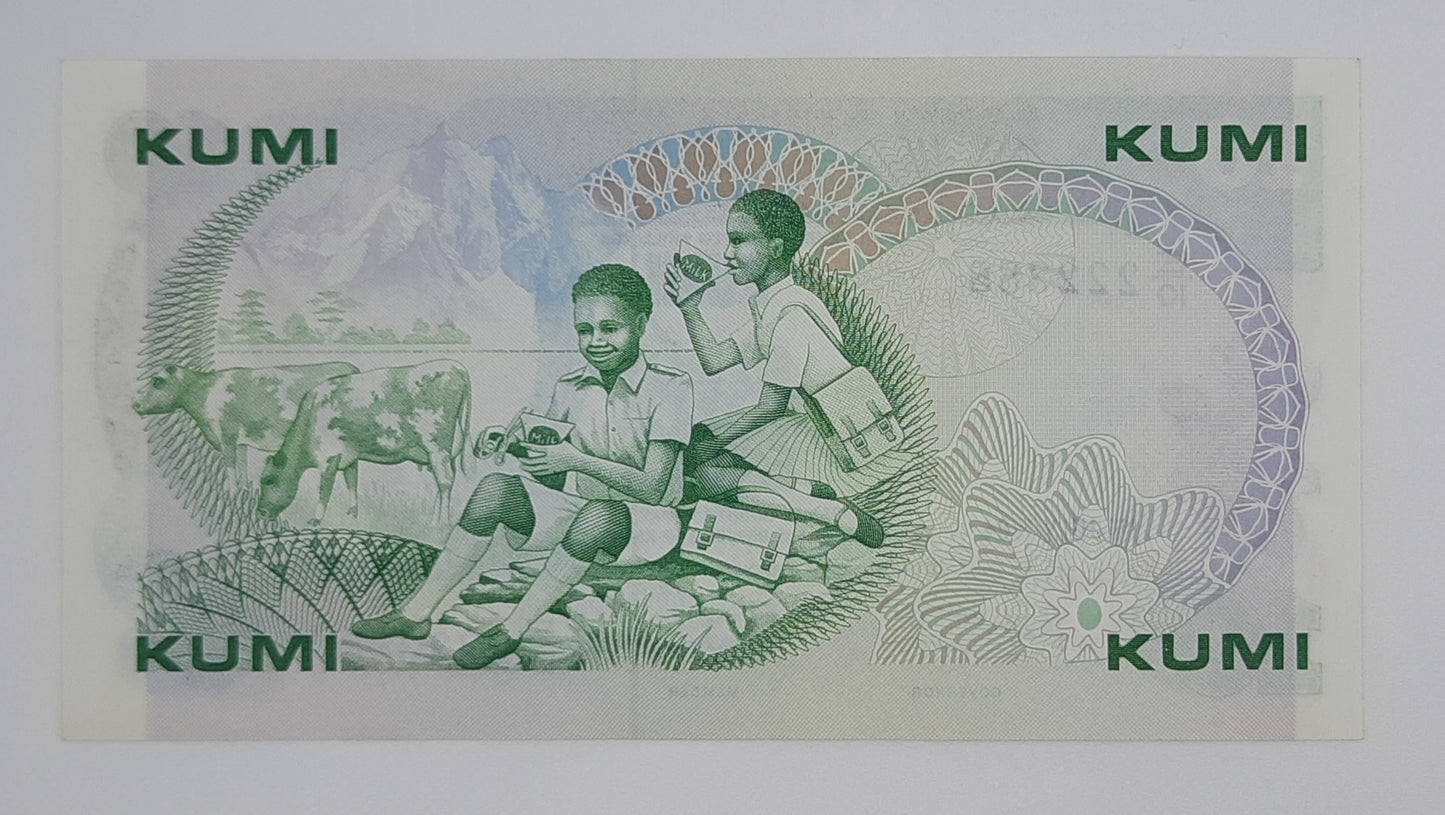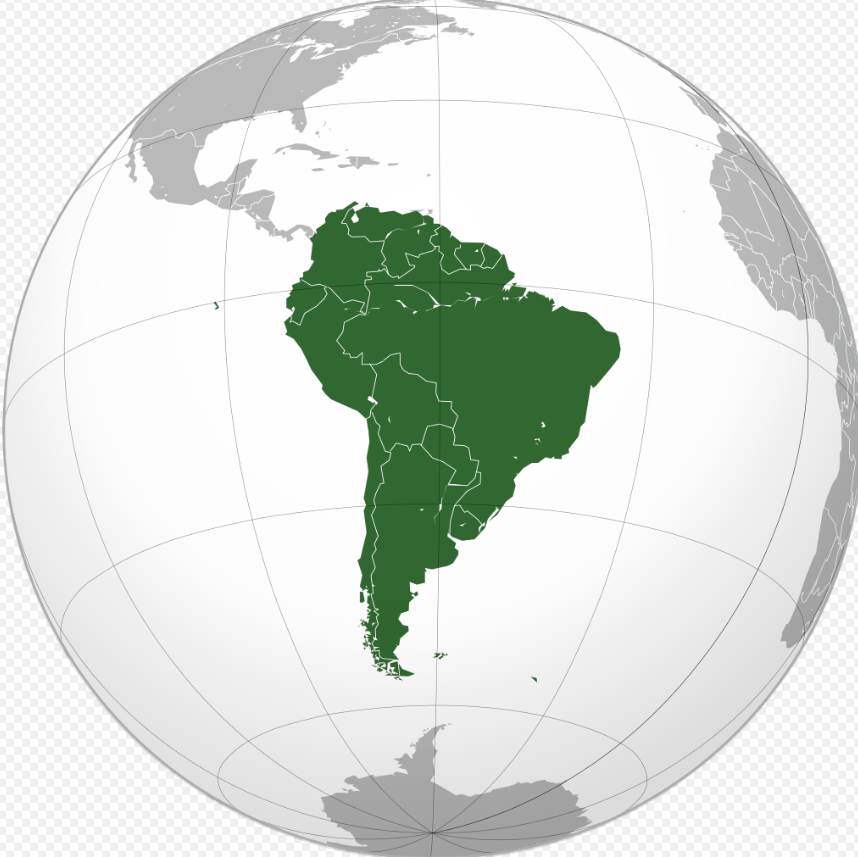notescounter
1984 Banki Kuu Ya Kenya - 10 Kenyan Shillings Banknote P-20c President Daniel Toroitich arap Moi
1984 Banki Kuu Ya Kenya - 10 Kenyan Shillings Banknote P-20c President Daniel Toroitich arap Moi
Couldn't load pickup availability
Description
Description
1984 Kenya 10 Shillings Banknote for Sale – Celebrating Agricultural Heritage and National Leadership
Issued by the Central Bank of Kenya (Banki Kuu ya Kenya) on 1 July 1984, the 10 Shillings banknote reflects Kenya’s post-independence identity, agricultural economy, and presidential legacy. As part of the 1980–1988 issue series, this note honors President Daniel Toroitich arap Moi and showcases Kenya’s rural development themes during a period of national consolidation.
Key Features & Historical Significance
Issuer: Central Bank of Kenya (Banki Kuu ya Kenya)
Denomination: 10 Shillings
Year of Issue: 1984
Pick Number: P-20c
Series: 1980–1988 Issue
Printer: Bradbury Wilkinson & Co., UK
Size: Approx. 140 × 73 mm
Material: Paper banknote with multicolor underprint
Signatories: Philip Ndegwa (Governor), Harry Mule (Deputy Governor)
Watermark: Lion’s head
Design Features
Obverse
Portrait of President Daniel Toroitich arap Moi at right
Central image of the Kenyan coat of arms
Text in English and Swahili: “BANKI KUU YA KENYA – CENTRAL BANK OF KENYA – LEGAL TENDER FOR TEN SHILLINGS”
Color scheme: Green, blue, and brown on multicolor background
Reverse
Depiction of two cows at left and two schoolchildren drinking milk at center
Symbolizes Kenya’s investment in agriculture and school nutrition programs
Text: “TEN SHILLINGS” in Latin script
Why Collect This Banknote?
The 1984 10 Shillings note offers collectors a vivid snapshot of Kenya’s rural development and leadership narrative during the 1980s. With its focus on livestock and education, it reflects the country’s agricultural priorities and social programs under President Moi’s administration. Its modest denomination, detailed imagery, and historical context make it a compelling piece for collectors interested in East African currency, post-colonial governance, and agrarian symbolism.
Share


Look up Country, Denomination or Year
-

Australia and Oceania
Australian & Oceanian Banknotes for Sale – Rare & Historic Currency from...
-

North America
North American Banknotes for Sale – Rare & Historic Currency from Across...
-

South America
South American Banknotes for Sale – Rare & Historic Currency from Across...







